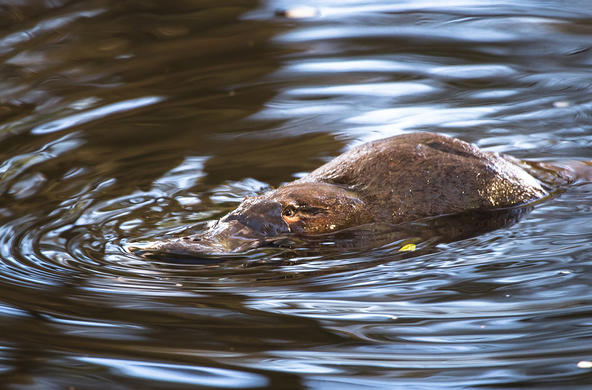
Have you ever wondered what happens when a fish encounters a dam or a culvert? Too often, these structures are barriers to breeding and nursery sites, feeding grounds, and vital genetic mixing. In a warming world, barriers also prevent fish from seeking refuge as stream temperatures change.
In New York’s Hudson Valley, hundreds of dams also threaten fish that spend part of their lives in the ocean and part of their lives in our freshwater tributaries. While these dams once served useful purposes, like powering sawmills, many are now in disrepair. Yet they remain obstacles to fish that need access to our streams to feed and breed.
Old culverts and box bridges can also break up the connectivity of our freshwaters. They allow streams to pass under our roads, but they impede fish movement if there is a “perched” waterfall on the downstream side.
With all this in mind, the New York State Department of Environmental Conservation’s Hudson River Estuary Program is working to restore free flowing tributaries entering the Hudson River by funding restoration projects. For example, several hundred thousand dollars in grants were awarded in January to restore flow connectivity in local streams.
The Chazen Companies and the Cary Institute of Ecosystem Studies are now seeking more dams and culverts blocking fish migration where barrier removal, engineering repairs, or fish ladders might offer the greatest environmental benefit.
So if you are either the owner of or an observer of a dam or culvert that is blocking fish passage, you can help improve stream habitats by providing barrier information on Chazen’s Stream Barrier Mitigation Inventory at www.chazencompanies.com. Selected sites will be eligible for more grant assistance.
This is a unique Earth Wise opportunity to help Hudson Valley’s fish ‘go with the flow.’
Produced in collaboration with WAMC Northeast Public Radio, this podcast originally aired on February 24, 2016. To access a full archive of Earth Wise podcasts, visit: www.earthwiseradio.org.
Photo courtesy of Doug Kerr via Flickr.





